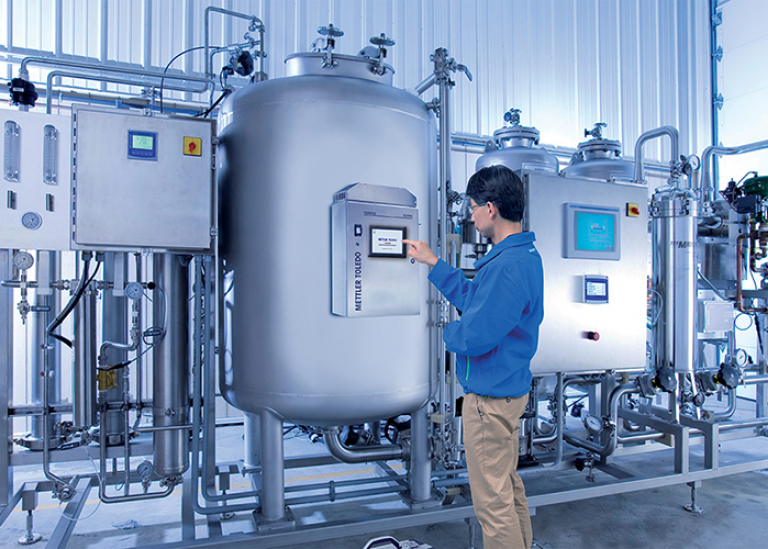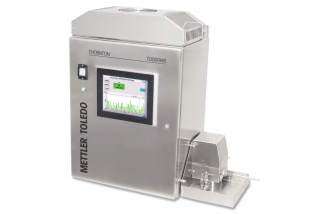
Online detection of microbial contamination of WFI and UPW (bioburden)
Until today, determining the microbial contamination of WFI and UPW (bioburden) has been a time-consuming analysis carried out in the laboratory. Large numbers of samples have to be taken, culture plates made and incubated for several days, and then the colonies counted. This technique was developed in 1887 by Dr. Koch and Dr. Petri. The risk of false positives is well known.
For some time now, international bodies, especially the USP, have been seeking alternative methods. Today, we have got to the stage where the USP (USP <1231>, <1223>) and EP (E.P. 5.1.6) provide advice on applying new methods which ensure that your pharmaceutical water always meets the bioburden standard.
Thanks to the use of "Laser Induced Fluorescence," and "Mie scattering" it is now possible to determine bacteria and inert particles (and the distinction between the two) with an online analyser. This analyser has a detection limit of 1 AFU (Auto Fluorescent Unit), in other words, one single bacterium, and it all takes just two seconds!
The advantages are obvious. This method provides reliable, real-time results, allowing water to be used immediately instead of waiting five days. There are also no false results due to the sampling and handling processes. And, when you find out on top of all this that the total cost of a lab analysis by an international user organisation such as OWBA (Online Water Bioburden Analysis workgroup) is calculated at € 100 per sample, you understand that there are significant savings to be made.
It’s more than obvious that the USP and EP, among others, are continuing to work on the same path. Culture plates and counting colonies belong to the dustbin of history!
More information?

